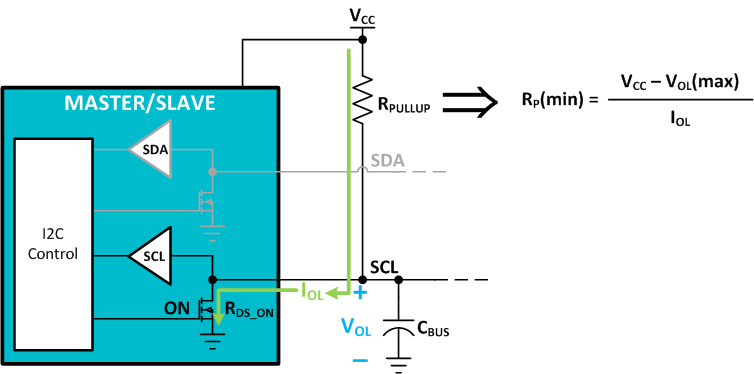Other Parts Discussed in Thread: TCA9802
Hi Team,
One of my top customer is considering TCA0509 in place of PCA9509/P(NXP). In datasheet of PCA9509/P, there is a statement as follows-'Supports arbitration and clock stretching across the repeater'. This is not mentioned in datasheet of TCA9509. Can you clarify on this if our part can support this as well.
Also, my customer ideally likes to have some other mechanism to understand the directionality of the signal rather than pulling the SDA to Vol TCA9509 as shown in figure1. Do we have any part similar to TCA9509 which can achieve this.
Regards,
Praveen GD


